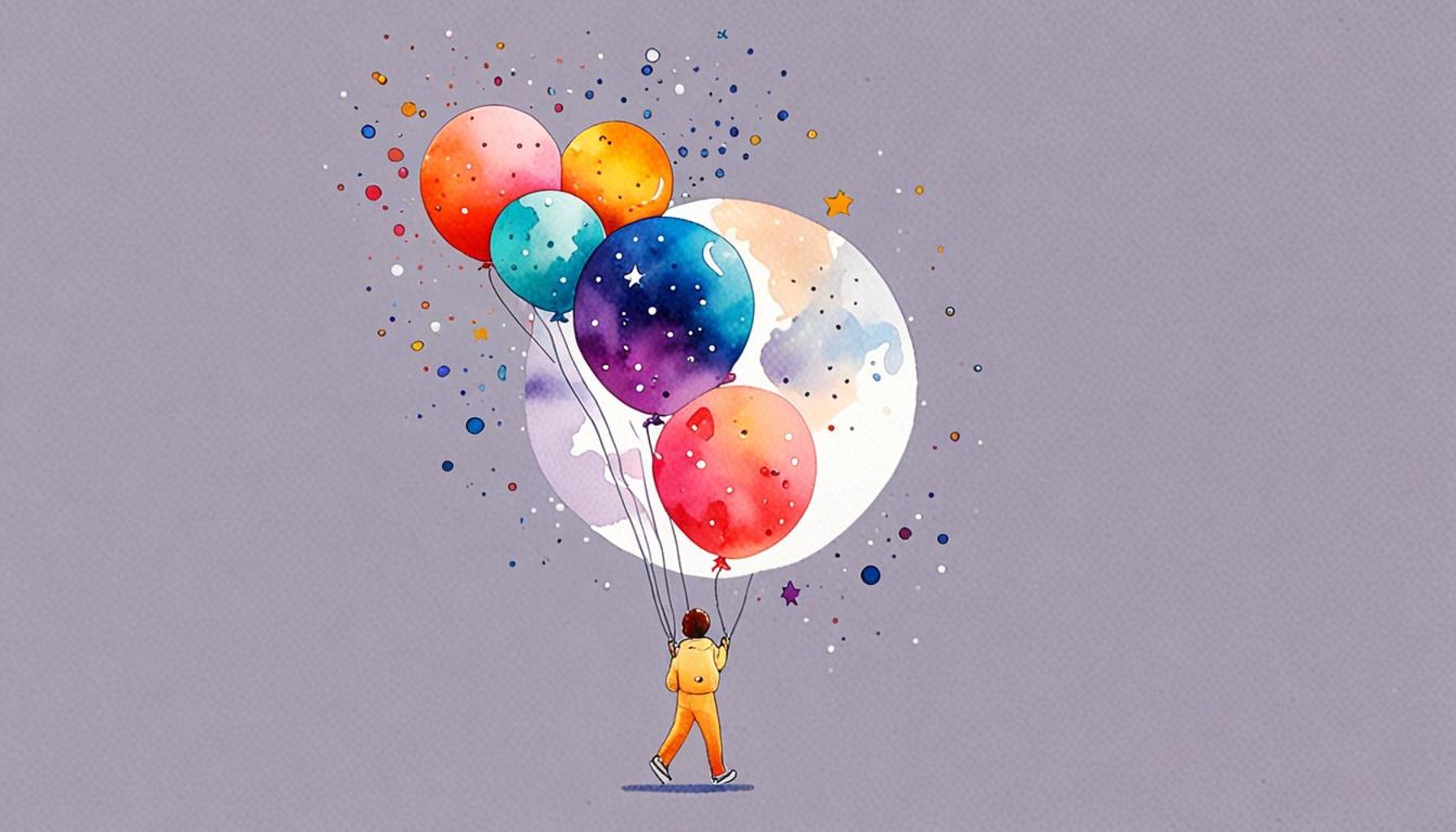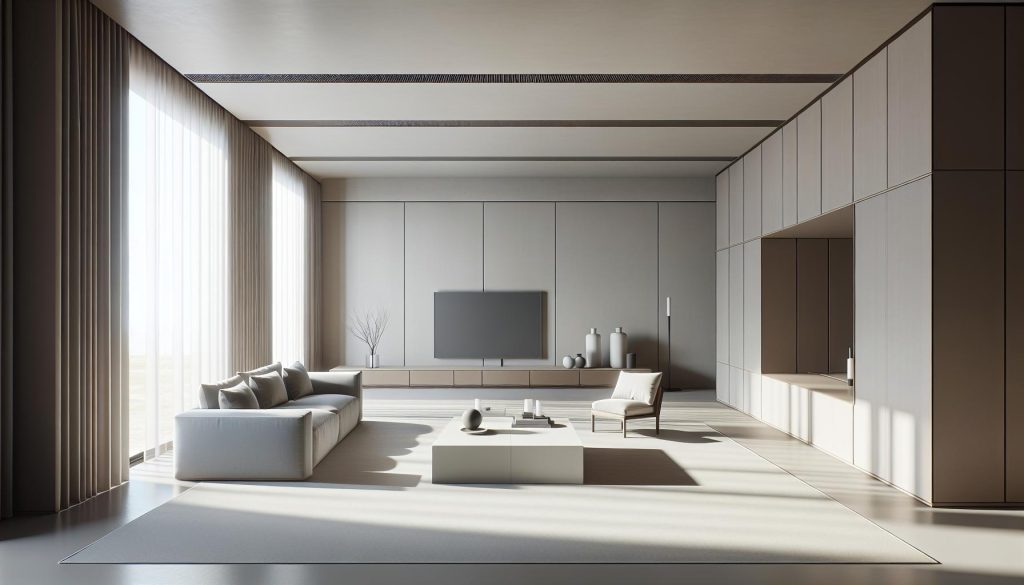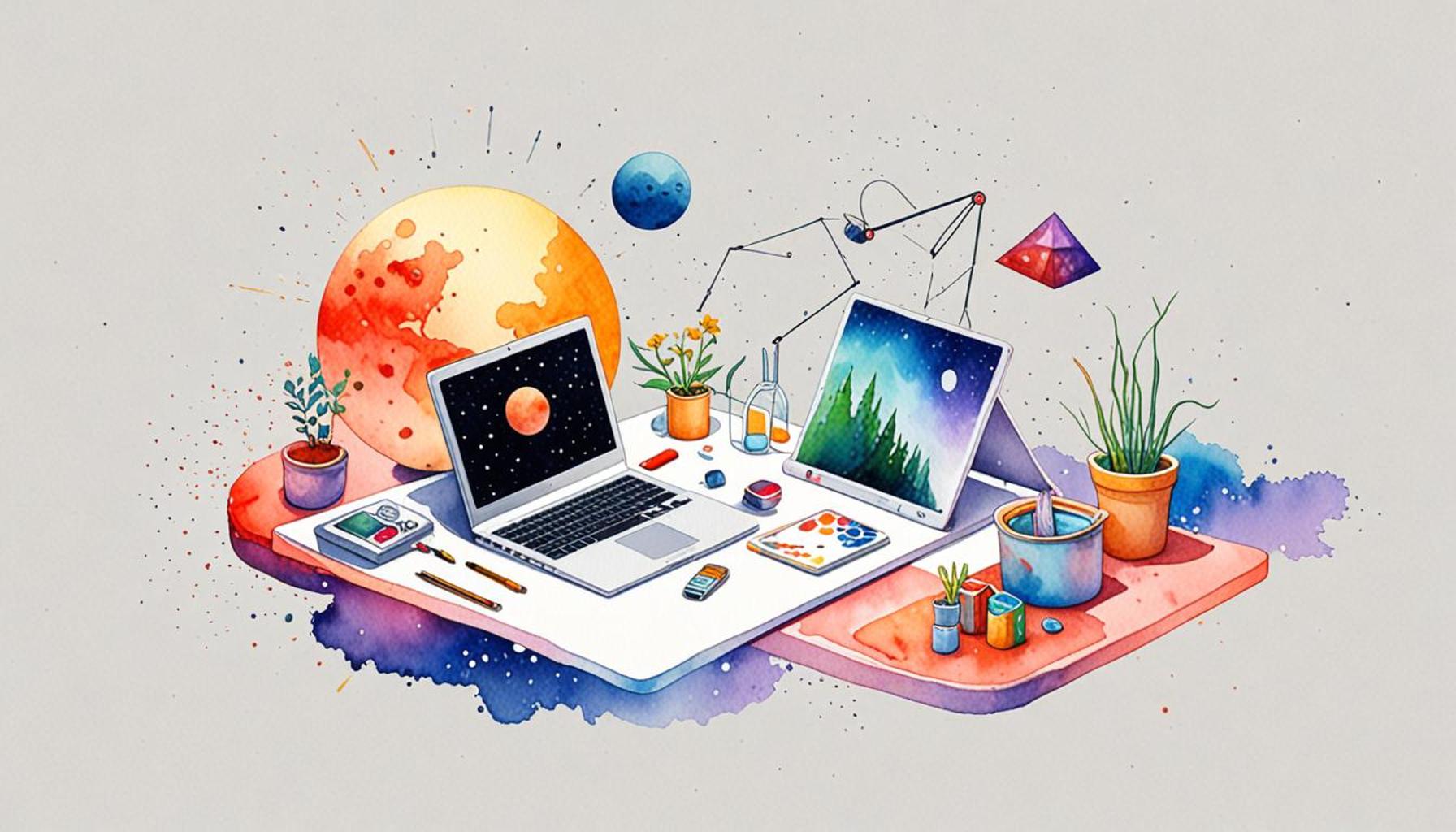The Art of Letting Go: How Space Optimization Contributes to a Minimalist Lifestyle

The Art of Living with Less
In today’s consumer-driven society, many individuals find themselves overwhelmed by the sheer amount of stuff they own. This overabundance can lead not only to physical clutter but also to mental clutter. This is where minimalism enters as a guiding philosophy, promoting the idea that living simply can lead to richer experiences and a greater appreciation for life’s essentials. By focusing on quality over quantity, individuals can transform their environments and foster a mindset geared towards well-being and productivity.
The Transformative Power of Space Optimization
Space optimization is not merely rearranging furniture or having a tidy room; it is an intentional method of organizing your living quarters to create a harmonious environment. By thoughtfully arranging and minimizing items, you can:
- Decrease stress by creating a calm and uncluttered space. Research indicates that clutter can elevate cortisol levels, the stress hormone, making a peaceful environment crucial for mental health.
- Enhance focus by eliminating distractions. A clear work desk, for instance, allows you to concentrate better on tasks without the nagging presence of unnecessary items vying for your attention.
- Utilize resources efficiently, contributing to a sustainable lifestyle. Choosing to buy fewer but more sustainable products not only reduces waste but also saves money in the long run.
As you begin to embrace these principles, you may find that the act of letting go becomes liberating. Minimalism is not just about discarding items; it is about fostering a better relationship with the possessions that matter. Skills in discerning what is essential lead to profound personal growth and clarity.
A Journey Worth Taking
Embarking on this minimalist journey involves exploring various tools and techniques that encourage mindful decision-making. For instance, digital decluttering plays a significant role in this process. By organizing your digital life—through deleting unwanted emails and apps—you can achieve a sense of order similar to tidying up your physical space.

Additionally, employing creative storage solutions, such as multifunctional furniture or under-bed storage, can maximize space and further enhance your living environment. Consider the use of vertical space as well; wall-mounted shelves and hooks can help keep items off the floor, leading to a more open and airy feel in your home.
As you reflect on your relationship with your belongings, ask yourself: What truly adds value to my life? Are there items that hold sentimental worth but serve only as a reminder of the past? Evaluating these aspects can help you step into a minimalist lifestyle that is not only aesthetically pleasing but also emotionally fulfilling. In the end, the journey toward simplicity is about finding freedom in what you choose to keep and what you decide to let go of, paving the way for personal and environmental sustainability.
DIVE DEEPER: Click here to discover more
Embracing Minimalism Through Intentional Choices
As you delve deeper into the realm of minimalism, it is essential to recognize that letting go is not just an act of discarding possessions; it is a transformative process that redefines your relationship with the items that inhabit your space. The journey towards a minimalist lifestyle encourages individuals to assess their belongings critically, distinguishing between what sparks joy and what merely contributes to the clutter.
This journey often begins with a reflective practice known as the 30-Day Minimalism Game. This challenge invites participants to let go of a certain number of items each day over the course of a month. On the first day, you would declutter one item, two on the second day, and so forth. This progressive approach serves as an effective way to confront the emotions tied to your belongings, making the act of letting go feel less overwhelming and more manageable.
Key Insights into Space Optimization
Space optimization plays a crucial role in embracing a minimalist lifestyle. By analyzing how you use your space and making strategic adjustments, you can enhance functionality and tranquility in your environment. Here are several strategies that highlight the essence of space optimization:
- Implement the “one in, one out” rule: This principle suggests that for every new item you bring into your home, you must let go of an existing one. It not only controls clutter but also cultivates mindfulness about your purchasing habits.
- Curate your collection: Choose to keep and display only those items that resonate with you on a personal level or elevate your living experience. This curatorial approach instills appreciation for what remains, allowing you to enjoy these chosen pieces fully.
- Evaluate storage solutions: Maximizing space is about utilizing all areas effectively, including hidden or underused spaces. Consider caddies for your kitchen, drawer organizers, or clear bins for closets—these can help clarify and streamline your belongings.
- Redefine the purpose of spaces: Each room can have a clear function that reflects your lifestyle. For example, designating certain spaces exclusively for work or relaxation can enhance focus and comfort. A home office should reflect productivity, while a bedroom must promote rest.
As you explore these strategies, it’s important to remember that minimalism is a personal journey—what works for one person may not resonate with another. By experimenting and finding what truly enhances your life, you are empowered to create a space that feels authentic and harmonious.
The act of letting go extends beyond physical possessions. It encourages you to shed old habits and beliefs that no longer serve you, opening the door to personal growth. By approaching space optimization through the lens of minimalism, you empower yourself to curate not just your home, but also your mindset, setting the stage for an enriched and intentional life.
The Importance of Space Optimization
Space plays a pivotal role in shaping our environments and subsequently our mindsets. When we employ space optimization techniques, we’re not merely reorganizing physical items; we’re fostering a sense of clarity and tranquility. Embracing a minimalist lifestyle involves the reduction of clutter, which can significantly influence both mental and emotional well-being. Various studies highlight that a disorganized space contributes to stress, making the act of letting go not just practical but essential for our mental health.
Implementing Space Optimization Techniques
One effective method is the “one in, one out” rule. For every new item brought into your space, an older item must be removed. This practice not only encourages mindful consumption but also keeps your environment less crowded. Additionally, curating your belongings based on use and joy can help in making informed decisions about what truly belongs in your space.Another aspect to consider is the vertical space utilization. By using walls for storage through shelves or hooks, you can free up valuable floor space. This promotes an open and airy atmosphere, which is synonymous with the minimalist approach.
Benefits of a Minimalist Lifestyle
Adopting a minimalist lifestyle allows for increased focus on what truly matters. With less clutter, individuals often find they can concentrate better on their work, hobbies, and personal relationships. Moreover, research indicates that minimizing distractions results in heightened productivity and creativity. The art of letting go enables a fresh perspective and makes way for new experiences, facilitating personal growth and a deeper connection with oneself and others.As we continue to explore the nuances of this lifestyle, it becomes evident that space optimization is not a tedious task but a liberating journey towards a fulfilled and meaningful existence. By learning to let go, we ultimately create a space that resonates with our true selves.
DIVE DEEPER: Click here to discover how minimalist design transforms urban living
Transforming Your Environment for a Minimalist Mindset
As you further explore the art of letting go, it becomes increasingly clear that a minimalist lifestyle transcends beyond mere decluttering; it is about transforming your environment to reflect both clarity and purpose. Your home should serve as a sanctuary—an embodiment of peace that cultivates mental well-being rather than a source of stress. Each item you choose to keep or release can assist in shaping your internal landscape. Therefore, it becomes vital to understand how the environment interacts with your mindset.
The Psychology of Space and Its Impact on Well-Being
Research in environmental psychology emphasizes that the spaces we inhabit significantly influence our emotions and behavior. A cluttered space can lead to feelings of anxiety and confusion, while a well-organized environment promotes focus and creativity. This understanding is pivotal when evaluating space optimization strategies. By streamlining your surroundings, you create a canvas for experiences and memories rather than an overwhelming assortment of objects.
One effective approach is the concept of zoning. Rather than having an undifferentiated area where all items coexist, consider assigning specific zones for particular activities. For instance, you might designate a corner of your living room for relaxation, complete with cozy seating and soft lighting, while maintaining a designated workspace that promotes productivity. This not only helps in maintaining focus but also ensures that each area of your life is given the attention it deserves.
The Emotional Journey of Letting Go
Letting go of items can often ignite a complex emotional response, rooted in nostalgia or attachment. It is essential to approach this process with compassion towards yourself. Tools like mindful decluttering encourage you to pause and assess the significance of each item. Ask yourself: “Does this serve me? Does it provide joy or utility?” Engaging in this reflective process makes it easier to part with possessions that no longer align with your lifestyle, facilitating a healthier emotional state in tandem with physical space.
- Use the four-box method: Prepare four boxes labeled “keep,” “donate,” “sell,” and “trash.” As you assess your belongings, placing each item into one of these boxes can clarify your decision-making process and streamline letting go.
- Incorporate digital solutions: With an abundance of technological tools at our disposal, consider digitizing documents and photos that do not require physical storage. This allows you to keep cherished memories without the physical weight.
- Set specific goals: Whether it’s decluttering a room or minimizing personal belongings to a specific number, creating defined targets offers direction and motivation while you navigate the journey of letting go.
Furthermore, integrating the practice of gratitude while decluttering provides an emotional layer that can ease the process. Acknowledge the value that each item has brought into your life and express appreciation before saying goodbye. This shift in perspective can transform the sometimes-difficult act of letting go into an uplifting experience of renewal.
The intertwined relationship between space optimization and a minimalist lifestyle fosters a sense of control over your surroundings, enabling you to align your environment with your values and aspirations. As you continue to practice letting go, be assured that each step, no matter how small, brings you closer to a more intentional and fulfilled existence.
DISCOVER MORE: Click here to learn the 30-day decluttering method
Embracing Freedom Through Letting Go
In the pursuit of a minimalist lifestyle, the art of letting go is not merely a task but a profound journey towards emotional and physical liberation. As we have explored, space optimization plays a crucial role in this transformation, providing a structured approach that fosters clarity and intentionality in our everyday lives. By thoughtfully reassessing our possessions and their significance, we achieve not only a decluttered space but also enhanced mental well-being.
Embracing practices such as mindful decluttering, zoning, and setting defined goals encourages us to interact with our belongings in a more meaningful way. As we navigate this emotional terrain, the introduction of gratitude allows us to honor the past while creating room for new experiences and memories. It reminds us that letting go is not a loss but an opportunity for growth.
The benefits of a minimalist lifestyle extend well beyond the physical realm, leading to a mindset that prioritizes well-being, focus, and creativity. As you continue on this path, remember that each small step you take towards letting go is a step towards a more intentional life. So, whether you are tackling a single drawer or reimagining an entire room, take a moment to celebrate each achievement. The freedom to curate your surroundings fosters a sense of control and fulfillment, paving the way for a life that resonates with your values and aspirations.
In this way, the practice of space optimization becomes more than a trend; it evolves into a fulfilling journey of self-discovery, allowing us to embrace a lifestyle steeped in clarity, purpose, and joy.



